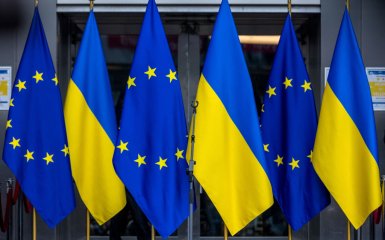The European Union has allocated €148 million for humanitarian aid to Ukraine and projects in Moldova for Ukrainian refugees. The total amount of EU humanitarian aid has reached €1.1 billion.
Points of attention
- The European Union has recently allocated 150 million euros in humanitarian aid to Ukraine and Moldova for Ukrainian refugees.
- The funding focuses on emergency assistance such as food, shelter, clean water, and winter health care for regions affected by the war with Russia.
- A part of the aid is directed towards humanitarian projects in Moldova, supporting Ukrainian refugees and host communities.
- The second tranche of grant assistance amounting to 150 million euros is aimed at initiatives like school meals, infrastructure restoration, and agricultural support.
- The EU's support comes as Ukraine faces urgent humanitarian needs with 12.7 million people requiring assistance due to the ongoing conflict with Russia.
The EU has provided new humanitarian aid to Ukraine
As Russia's aggressive war continues to devastate Ukraine, some 12.7 million people are in need of urgent assistance.
In particular, 140 million euros have been allocated for humanitarian projects in Ukraine.
The funding will be directed towards emergency assistance, including food, shelter, clean water, health care and winter protection. Key priorities are supporting vulnerable populations in the heavily war-affected regions of eastern and southern Ukraine.
In addition, €8 million has been allocated for humanitarian projects in Moldova. The support will focus on providing assistance to Ukrainian refugees and host Moldovan communities.
What is known about the new tranche to Ukraine from the EU?
On December 25, 2024, the European Union provided Ukraine with a second tranche of grant assistance in the amount of €150 million to support rapid reconstruction. Part of it will go to school meals.
As reported by the Ministry of Finance of Ukraine on December 25, the funds will be directed to:
free meals for primary school students — 65 million euros,
restoration of port infrastructure — 50 million euros,
support for agriculture — 20 million euros,
restoration of critical infrastructure — 15 million euros.
This tranche is part of the agreement between Ukraine and the EU under the "Support to the Rapid Recovery of Ukraine" program, the total amount of which is 300 million euros.









